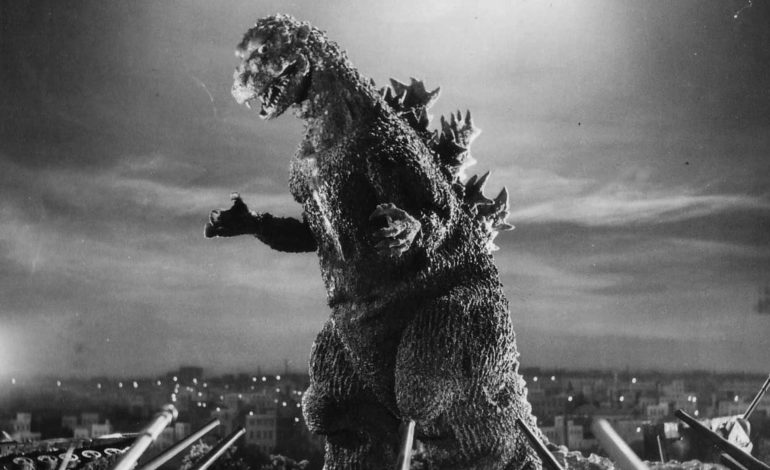

Few characters in media are as iconic, versatile, and massive as Japan’s atomic menace, Godzilla, who made their on-screen debut in their eponymous 1954 film directed by Ishiro Honda. Even after 70 years, Godzilla continues to be one of cinema’s most notable and beloved icons with an ever-growing catalog of movies, TV shows, video games, comics, and even commercials, including one where Godzilla plays one-on-one basketball against Charles Barkley. Any form of entertainment you can think of, Godzilla’s either been there or he’s inspired an aspect of it.
Although Godzilla has appeared in 38 different films (33 being made in Japan and 5 in America) their image is constantly twisting and evolving into new shapes and archetypes. Godzilla is a creature of many faces and has been depicted in a huge variety of ways by numerous international filmmakers. While an argument could be made that no two Godzilla’s are the exact same, we believe that you can divide their thematic depictions into 3 distinct categories: Gojira, The Defender, and The Spectacle.
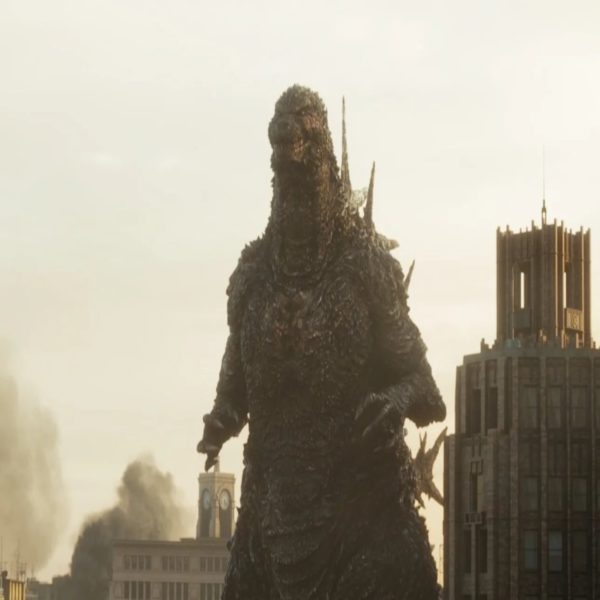

Gojira is the original Japanese name for Godzilla, and we are using this name to denote the depiction of Godzilla as an antagonistic force in the narrative. These versions of the creature are menacing, chaotic, and unstoppable. Rarely do the main characters stop Godzilla, they mostly try to just survive the carnage and live to see another day. “Gojira” is a natural disaster mixed with atomic power, an inescapable creature that will destroy everything in its path, and the characters can do nothing but try to slow it down. No matter how many bullets, rockets, and bombs the military throws at them, “Gojira” is ever persistent. These films use Godzilla to portray a deeper theme or cultural anxiety that is plaguing the minds of that film’s director. The original 1954 film, directed by Ishirō Honda, uses the titular character to depict and portray Japan’s post-World War II anxiety toward previous and potential nuclear annihilation. As the only country to suffer from being struck by nuclear weapons, the people of Japan have a relationship with the bomb that no other culture can possibly comprehend. With that on his mind, Ishiro Honda crafted a story that illustrates a horrific nightmare where a massive creature created by the same bombs that ravaged his homeland, arrives in Tokyo to harm the island nation further. Other films like Hideaki Anno and Shinji Higuchi’s Shin Godzilla and Takashi Yamazaki’s Godzilla Minus One, further this interpretation with each film using the “Gojira” characterization to depict their fears and anxieties like post-war trauma and the possible failures and horrors caused by poorly managed government officials. These are the most intense films and are typically more focused on the human characters who must scramble and adapt to survive the onslaught from “Gojira”.
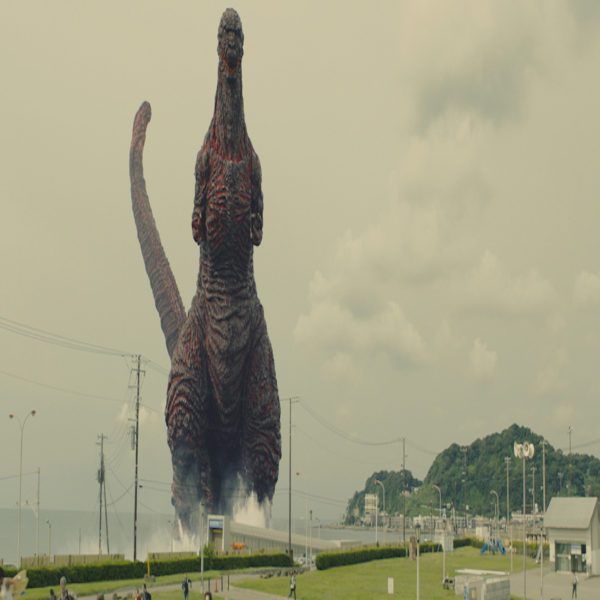

“The Defender” is an evolution from the previous “Gojira”, where instead of being the antagonist, Godzilla has become an ally to the human protagonist, even taking the spotlight as the lead at times. These films typically follow the formula where another monster appears to cause some sort of mayhem until Godzilla arrives to fend off the invader and defend their turf. Sometimes Godzilla is just a simple creature protecting their territory from foreign species and other times Godzilla is the sole protector of Japan, ensuring the island nation is safe from danger. This is where we get the majority of Godzilla films as “The Defender”, facing off against sinister creatures like Gigan, Hedorah, and, their best and most memorable rival, King Ghidorah. Godzilla would also team up with other “friendly” kaiju like Mothra, King Caesar, and the ever-beloved defender of Japanese children Jet Jaguar. The team-up between Jet Jaguar and Godzilla in Godzilla vs Megalon is possibly the most obvious attempt to turn the giant atomic reptile into a hero, along with the movies that feature Minilla, a younger kaiju whom Godzilla takes care of for multiple movies. Yes, they made Godzilla a parent, that’s how hard the movies tried to convince the audience that the previous metaphor for nuclear annihilation is actually a happy mascot who will save you from the other monsters. And it worked! Godzilla became a beloved icon, a cinematic symbol for the nation of Japan that grew more and more popular with each film. The growing popularity of “The Defender” represents Japan’s evolution as a nation that would help make the previous nightmare creature into a beloved mascot for Japan, even becoming the “Official Tourism Ambassador” for Tokyo. This new sentiment can be tied to how Japan’s culture was evolving after the original film, where the country was rapidly modernizing and embracing technology as a way to revitalize its previously war-torn nation. Instead of fearing the atomic era, Japan embraced it. No longer was Godzilla something to be feared as a destructive force, but as the force that would protect them from otherworldly threats.
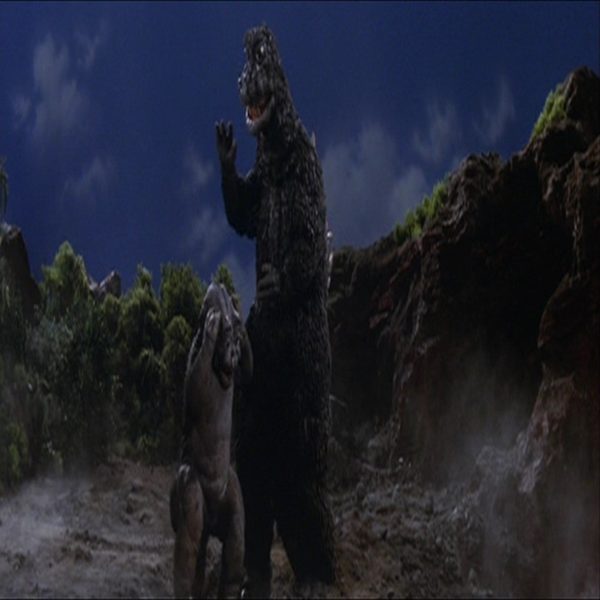

However, what happens when another nation attempts to recontextualize a creature designed to represent the horrors of nuclear warfare into a drive-in creature feature? Well, you get Godzilla, King of the Monsters! a 1956 American dubbed version of the Japanese film featuring inserted scenes with Raymond Burr as an American journalist reporting on the destruction of Japan via Godzilla’s rampage. This American depiction of Godzilla was not a complex metaphor for the anxiety of post-war Japan but was instead a giant monster spectacle. “The Spectacle” take on Godzilla is one of fantastic fanfare, where the audience cheers and gets excited as “The King of the Monsters” destroys skyscrapers and office buildings in downtown Tokyo. The American perspective of Godzilla has always been one of playful cathartic action and destruction, where the audience is more interested in Kaiju fights than the symbolism around them. “The Spectacle” face is directly tied to the “The Defender” however, “The Spectacle” lacks any connection with the viewer, as they are not a character to empathize or connect with, but a set piece to gaze at. This form of the character was depicted through English Dubs of Japanese films and American films that began being released in 1998. In all of these films, Godzilla (1998), Godzilla (2014), and Godzilla: King of the Monsters, Godzilla lacks character traits or metaphorical presence and exists to smash buildings, fight giant monsters, and scare people. One need only to watch Roland Emmerich’s 1998 take on the titan which completely scraps the original design for a classic T-Rex and makes Godzilla a simple, mindless behemoth that stomps around New York for fun. No deeper symbolism or metaphor for current-day anxieties, just fun, playful destruction. “Disaster Porn” if you will.
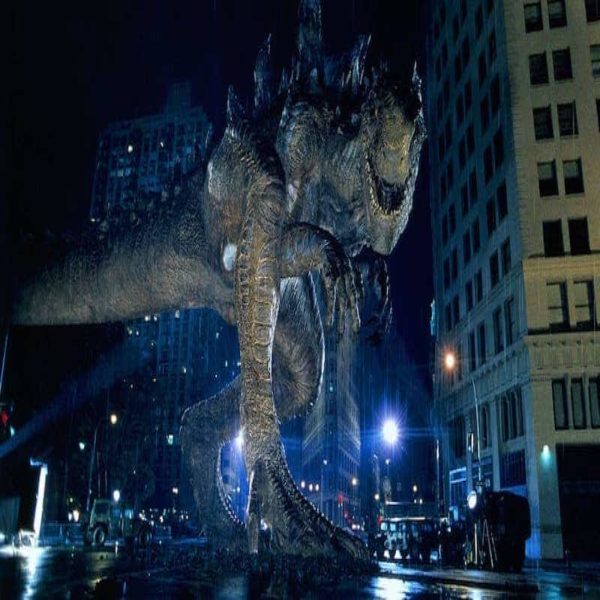

Now, this is not a bad thing, far from it. The fact that Godzilla can be interpreted and remixed in numerous ways by various authors shows just how impactful and iconic they truly are. Genre film characters, while usually extremely popular, rarely hold prestige in the same way that dramatic actors or mythological figures have. For example, Frankenstein’s Monster is a beloved pop-culture icon, but few would say the character is an important figure in history that should be taken seriously and respected. Instead people view the monster primarily as a fun creature to dress up as for Halloween. However, Godzilla transcends this. Since its inception, Godzilla has not been one singular thing, but a moldable film star that can evolve with the artist and audience of the time. Godzilla is both a rich and diverse thematic tool for an artist to use for dramatic film and a commercial product that can helm a global blockbuster. Whether they want to menace, a hero, or a simple spectacle, Godzilla can be any and all of these things and so much more.


The recent commercial and critical success of Godzilla: Minus One has shown that not only do people enjoy films that star a giant monster that thrashes a city, but they also enjoy a film that engages with them personal level where Godzilla is portrayed as an embodiment of a person’s post-traumatic stress and anxiety after a tragic, life-changing event. How many other “iconic” film characters can be a blockbuster sensation that fights a giant gorilla and then just two years later be an allegory for post-war trauma? Godzilla is one of the most versatile, if not the most versatile figures in film history, who has continued to be as modular as they are popular for the last 70 years. No matter what happens, Gojira will always come back in some form to terrorize, protect, and inspire generations to come.
